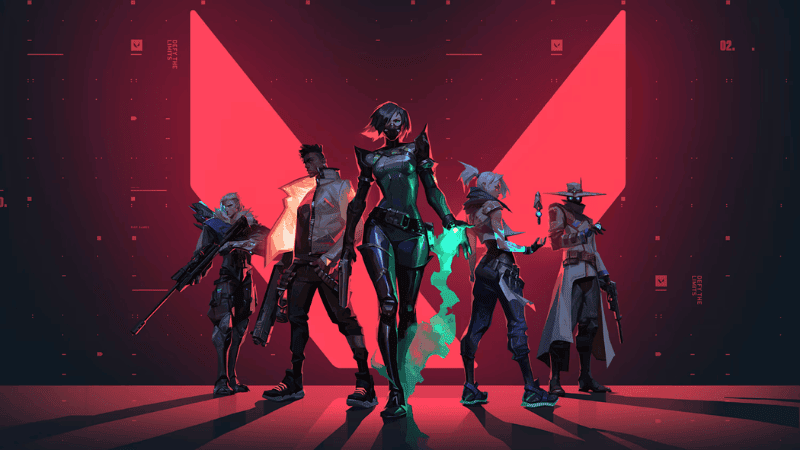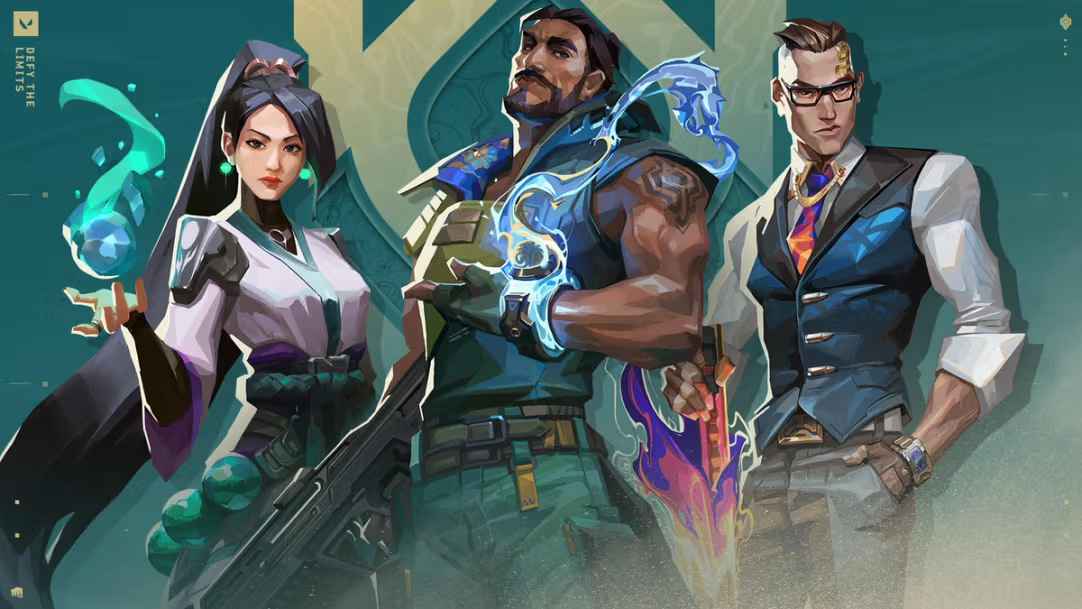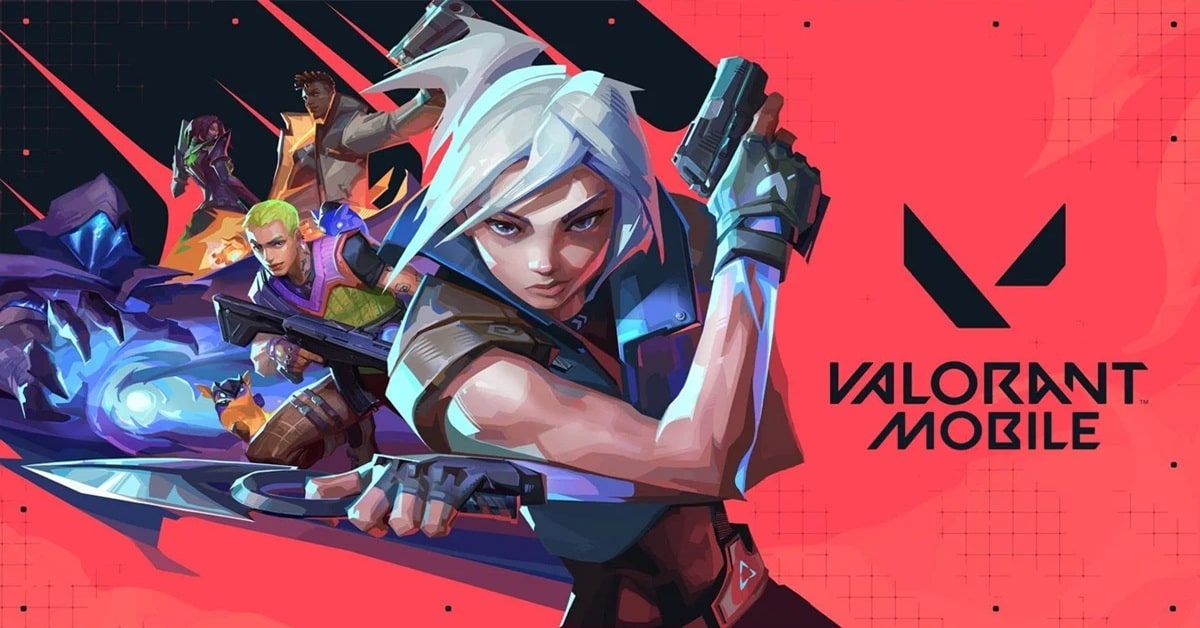Popular Now
Introduction
Since its official release in 2020, Valorant has become one of the premier competitive shooters in the global esports arena. Riot Games, renowned for League of Legends, created Valorant as a response to the demand for a tactical FPS that fused the mechanical precision of Counter-Strike with the unique ability systems reminiscent of Overwatch. While Valorant has achieved massive success in both casual and professional spheres, a specific issue has emerged that continues to challenge its growth: the difficulty in balancing tactical complexity with player accessibility. This tension affects game design, agent creation, map development, and player onboarding. The following analysis explores how this core conflict has developed over time and what it means for the game’s future.
-
Early Design Philosophy and Inspiration
Riot Games’ approach to Valorant was heavily inspired by the legacy of tactical shooters, especially Counter-Strike: Global Offensive. From map structure to economic systems, Valorant embraced complexity. At the same time, it added layers of innovation through agents—each equipped with abilities that could impact vision, mobility, healing, or crowd control.
This hybrid design was intended to appeal to both strategy-minded players and those who favored high-impact hero mechanics. However, from the very beginning, Riot struggled to keep the game grounded. The core philosophy of gunplay-first was often overshadowed by overwhelming ability usage, confusing new players and alienating purists of tactical FPS games.
-
Agent Diversity vs. Learning Curve
At launch, Valorant featured 11 agents with defined roles—Duelist, Initiator, Controller, and Sentinel. The goal was to provide variety in playstyles while maintaining balance. As the roster grew, Riot faced a critical challenge: each new agent introduced new abilities, synergies, and counters, all of which increased the overall complexity of the game.
For new players, learning the full set of agents, their lineups, cooldowns, and interactions became an intimidating barrier. Unlike games with symmetrical loadouts, Valorant’s asymmetry meant that every match could feel different, increasing replayability but also overwhelming players not deeply embedded in the meta.

-
Map Design and Tactical Execution
Valorant’s maps are deliberately designed for strategic gameplay—multiple sightlines, verticality, narrow chokepoints, and limited rotations. While this supports high-level tactics and encourages team coordination, it also introduces a steep learning curve.
Map control, utility placement, and communication are all essential. Without them, players can feel lost or ineffective. Riot’s maps often include gimmicks—like Bind’s teleporters or Fracture’s dual spawn points—that further increase strategic demands. This raises the skill floor significantly, deterring casual players or those coming from more accessible shooters like Call of Duty or Fortnite.
-
The Role of Smurfs and Ranked Anxiety
As Valorant gained popularity, a common issue began to plague the player base: smurfing. High-skill players creating low-rank accounts created an environment where new or less-experienced players were frequently crushed, undermining progression and enjoyment.
This issue compounded the accessibility problem. The ranked system, which was supposed to match players fairly, became a source of anxiety. Many players avoided ranked entirely, further limiting their growth and immersion in the game’s ecosystem.
-
Esports and Meta Complexity
Valorant’s success as an esport has created an ultra-competitive ecosystem where professional strategies heavily influence casual play. Utility-based site executions, complex team compositions, and pixel-perfect lineups are often mimicked by lower-tier players, even if they don't fully understand them.
While this elevates the skill ceiling, it discourages creativity and accessibility. Players feel pressured to copy the meta, and those who fail to do so are often criticized in voice chat or online forums. This environment, though thrilling for competitive-minded users, can be hostile to newer or more casual players.
-
Controller and Sentinel Role Controversies
As the game evolved, certain roles became less attractive in solo queue environments. For example, Controllers like Brimstone or Viper require precise utility usage and coordination—something not always present in random teams. Sentinels, too, depend on team synergy for maximum impact.
This leads to lopsided matches, with many players defaulting to Duelists, who are more self-reliant. Riot has tried to address this with agent reworks and utility buffs, but the core issue remains: the most tactically demanding roles are the least rewarding in solo play, further alienating those without consistent teams.
-
Patch Cycles and Constant Meta Shifts
Riot’s frequent balance patches are a double-edged sword. While they keep the game fresh and responsive, they also create a moving target for players. Just as one learns the ins and outs of an agent or strategy, a new patch can shift viability or introduce a new agent altogether.
This is especially tough on part-time players who can't invest dozens of hours weekly. They find themselves constantly catching up, unable to stay current in a game where knowledge and mechanical execution must go hand in hand. For a game to be sustainable long-term, some degree of consistency is crucial, which Valorant currently lacks.

-
Tutorial System and Onboarding
Valorant’s tutorial system is notoriously barebones. New players are thrown into the Practice Range and a basic movement tutorial, after which they’re released into the live game. While Riot has added small improvements like Agent Contracts and Practice Matchmaking, there’s still no robust system for teaching:
-
Agent abilities and synergies
-
Map strategies and rotations
-
Crosshair placement and peeking mechanics
-
Role responsibilities and economy management
This lack of onboarding worsens the gap between new players and veterans. In a game so reliant on knowledge, expecting new players to learn through trial and error is both inefficient and discouraging.
-
Toxicity and Communication Breakdown
Valorant, like many competitive games, struggles with toxicity. Team-based coordination is essential, but poor communication tools and a lack of team harmony often result in blame-shifting, flaming, and trolling. This is particularly common when players perform poorly in unfamiliar roles or are unaware of high-level strategies.
Riot has made efforts to combat this through voice moderation, mute functions, and reporting systems, but the root of the problem lies in the design imbalance. When a game demands complex coordination but places random players together without preparation, conflict becomes inevitable.
-
Opportunities for Future Balance
To solve the problem of complexity versus accessibility, Riot must innovate in several key areas:
-
Agent Tutorials: Introduce guided tutorials for each agent, showing optimal uses for abilities and synergy with team comps.
-
Role Incentives: Reward players for picking tactically essential roles through XP bonuses or exclusive cosmetics.
-
Casual Game Modes: Expand game modes that focus on fun and experimentation rather than meta play, allowing new players to learn in low-stress environments.
-
Mentor Systems: Implement a mentor-mentee feature where experienced players can help newcomers in exchange for in-game rewards.
-
Simplified Map Overviews: Provide optional in-game map guides or coach tips to explain callouts, rotations, and utility usage in real time.
These steps would not diminish the competitive integrity of Valorant but would lower the barrier to entry and help retain a broader player base.
Conclusion
Valorant’s design brilliance lies in its fusion of tactical gunplay and hero abilities, a combination that has redefined the FPS genre. But this innovation comes with a steep price—an overwhelming level of complexity that often alienates newcomers and casual players. If Riot wants Valorant to continue thriving as both a global esport and a mainstream title, it must address this core challenge. Only by making the tactical depth more approachable can Valorant secure its legacy as not just a great competitive shooter, but an inclusive one as well.

















